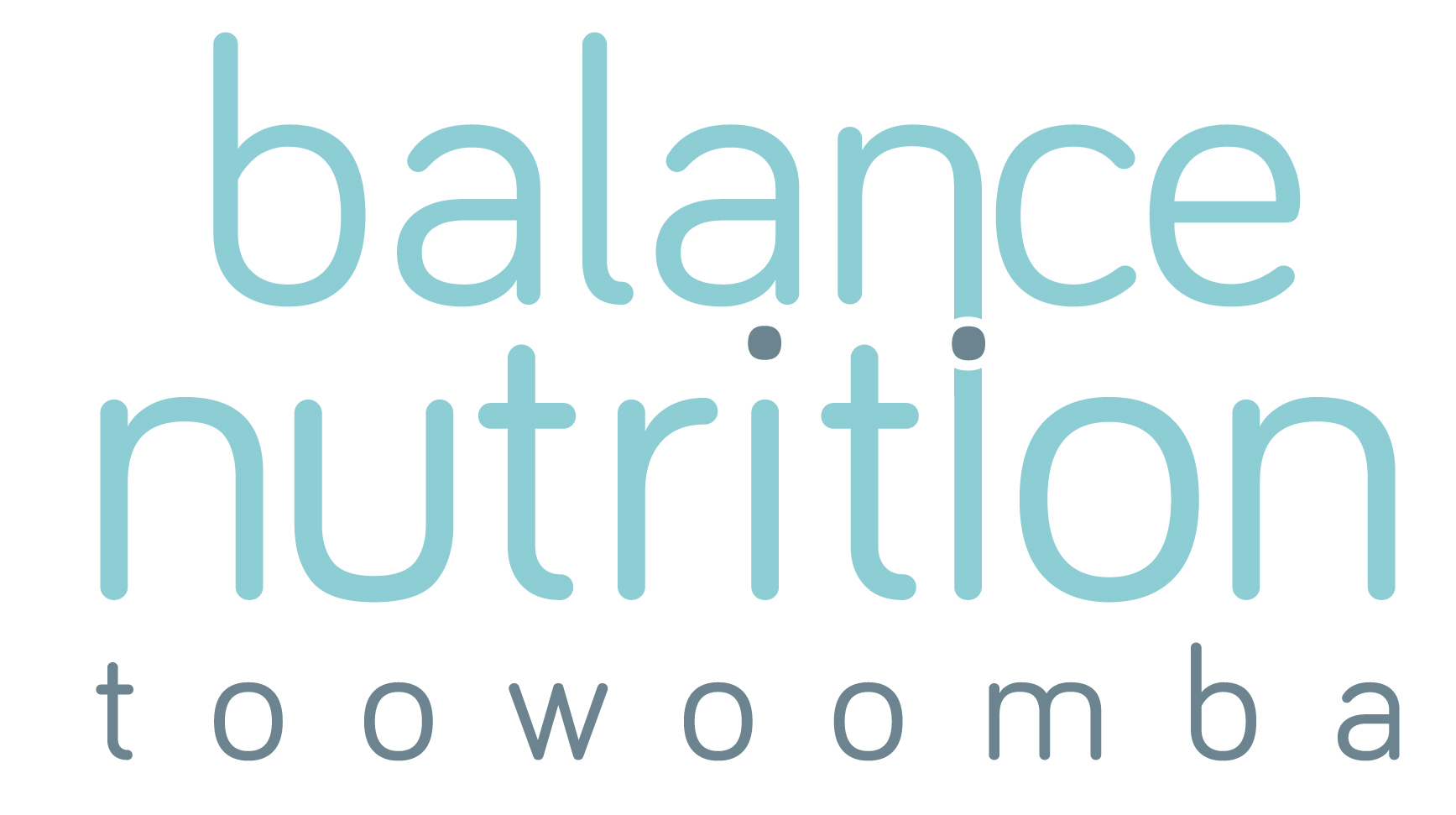How to Build a Balanced Plate: The Ultimate Guide to Portion Control
In a world where diet trends and calorie counting dominate, building a balanced plate offers a refreshing approach to healthy eating. It’s not about restriction; it’s about nourishing your body with wholesome, flavorful foods that satisfy both your hunger and your taste buds.
Building a balanced plate means combining essential nutrients in proportions that support optimal health. This approach not only ensures you get a variety of nutrients but also helps in managing weight and improving overall health.
Here’s what a balanced plate typically looks like:
Low GI Carbohydrates: Include a fistful of (or a quarter of your plate with) carbohydrates that are crucial for sustained energy and regulating blood sugar levels. Opt for starchy vegetables like potato and corn or whole grains like quinoa, brown rice, whole wheat bread or pasta, which are all rich in fibre and nutrients.
Lean Proteins: Include a palm-sized portion of (or a quarter of your plate with) lean protein to support muscle repair and overall body function. Incorporate protein sources such as legumes, tofu, fish and poultry to support muscle growth and keep you feeling full longer.
Non-Starchy Vegetables: Fill half of your plate with a colourful array of vegetables. They add colour, texture, and flavour to your plate while providing fibre and essential vitamins and minerals. Whether you prefer them raw, steamed, roasted, or sautéed, vegetables like dark leafy greens, capsicum, and carrots are all great choices.
Healthy Fats: Fat plays a crucial role in absorbing vitamins and supporting brain function. Opt for healthy fats like olive oil, nuts, seeds, avocados, and fatty fish such as salmon. These fats provide satiety (which means we stay fuller for longer) and promote heart health. Include these in small amounts each meal i.e. a drizzle of dressing or sprinkling of seeds.
Flavour Enhancers: Herbs and spices not only enhance the taste of your meals without adding excessive salt or sugar but also provide antioxidants and anti-inflammatory properties. Sprinkle your dishes with fresh herbs like basil, parsley, coriander or thyme to add depth and aroma.
Benefits of a Balanced Plate
Increased energy levels: balanced meals provide sustained energy throughout the day, reducing energy crashes.
Enhanced satiety: properly balanced meals keep you full longer, reducing cravings and overeating.
Improved overall health: regularly consuming a variety of nutrients supports immune function, digestion, and overall well-being.
Positive relationship with food: building a balanced plate focuses on nourishment rather than restriction, promoting a healthier mindset towards eating.
Building a balanced plate isn’t just about what you eat — it’s about how you nourish your body and mind. By incorporating fibre-rich carbs, lean proteins, abundant vegetables, and essential fats into your meals, you can create flavorful dishes that support your health goals and enhance your overall well-being.
Where to Get Help
If you're ready to say goodbye to strict diets and calorie counting and explore a balanced approach to nutrition tailored to your needs, consider seeking guidance from a dietitian who can help you embrace the joy of eating well-balanced, delicious meals.
Here at Balance Nutrition, our dietitian Steph specialises in behaviour change, weight management, and chronic disease management.
To book an appointment, visit the link below or call us on 07 4566 0765.

